why are my shallots soo small
13 years ago
Featured Answer
Sort by:Oldest
Comments (35)
- 13 years ago
- 13 years ago
Related Professionals
Roosevelt Landscape Architects & Landscape Designers · South Orange Landscape Architects & Landscape Designers · Matthews Landscape Contractors · Broadlands Landscape Contractors · Cedar Hill Landscape Contractors · Cordele Landscape Contractors · Dixon Landscape Contractors · Mesa Landscape Contractors · Oak Harbor Landscape Contractors · Pleasant Grove Landscape Contractors · Tehachapi Landscape Contractors · Vermilion Landscape Contractors · Everett General Contractors · Solon General Contractors · Sterling General Contractors- 13 years ago
- 13 years ago
- 13 years ago
- 12 years ago
- 12 years ago
- 12 years ago
- 12 years ago
- 12 years ago
- 12 years ago
- 10 years ago
- 10 years ago
- 10 years ago
- 10 years ago
- 9 years ago
- 9 years ago
- 9 years ago
- 9 years ago
- 9 years ago
- 9 years ago
- 8 years ago
- 8 years ago
- 8 years ago
- 8 years ago
- 8 years ago
- 8 years ago
- 8 years agolast modified: 8 years ago
- 8 years ago
- 8 years ago
- 2 years ago
- 2 years ago
- 2 years ago
- 2 years ago
Related Stories
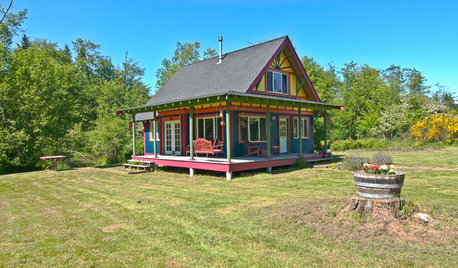
HOUZZ TOURSMy Houzz: Small, Vivid Island Home in Washington
A family guest home on Vashon Island becomes a primary dwelling with salvaged materials, efficient space planning and thoughtful details
Full Story
SMALL HOMESCan You Live a Full Life in 220 Square Feet?
Adjusting mind-sets along with furniture may be the key to happiness for tiny-home dwellers
Full Story
HOUZZ TOURSMy Houzz: Boutique Hotel Ambience in a Manhattan Bachelor Pad
Chanel, MoMa and nature all had a hand in influencing this city apartment's design, but the killer skyline views needed no help at all
Full Story
DECORATING GUIDESOn Trend: You'll Flip for These Double-Duty Furniture Designs
Multiply your options in a small space with chairs and art that become tables, a sofa that becomes a bed and more
Full Story
EDIBLE GARDENS8 Surefire Vegetables and Herbs for Beginning Gardeners
Learn the edible plants that are popular and easy to grow in a backyard or container garden
Full Story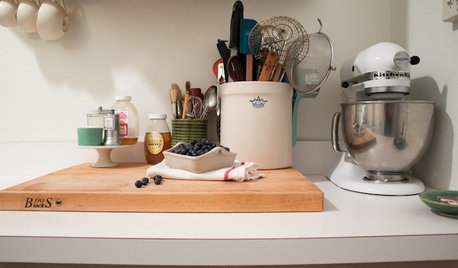
KITCHEN DESIGNKitchen of the Week: Tiny, Fruitful New York Kitchen
Desserts and preserves emerge from just a sliver of counterspace and a stove in this New York food blogger's creatively used kitchen
Full Story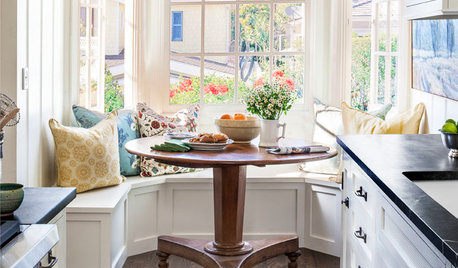
SMALL HOMESHouzz Tour: A Beach Cottage Gets Its Vibe Back
Historically accurate details restore the 1940s charm of a Laguna Beach home
Full Story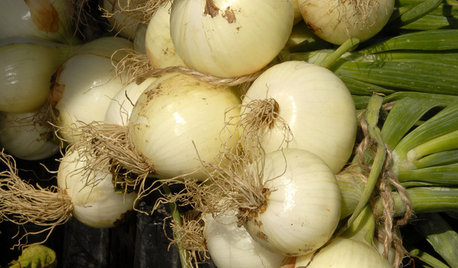
COOL-SEASON CROPSCool-Season Vegetables: How to Grow Onions
Essential for a cook's garden, onions come in many varieties and show staying power on the shelf
Full Story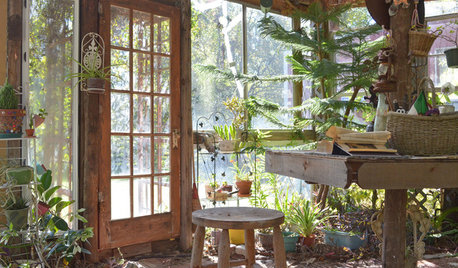
GREENHOUSESA Greenhouse Rises From Texas Tornado Wreckage
Barn damage became a blessing in disguise for a thrifty, creative couple with a hankering for more greenery
Full StoryMore Discussions






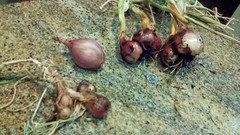

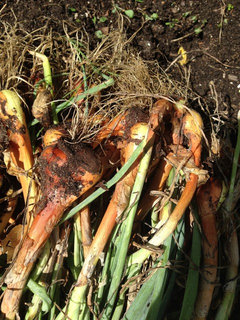
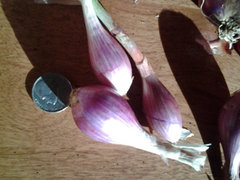
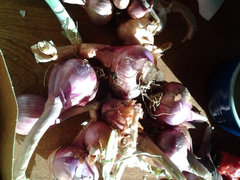

matt_in_ct